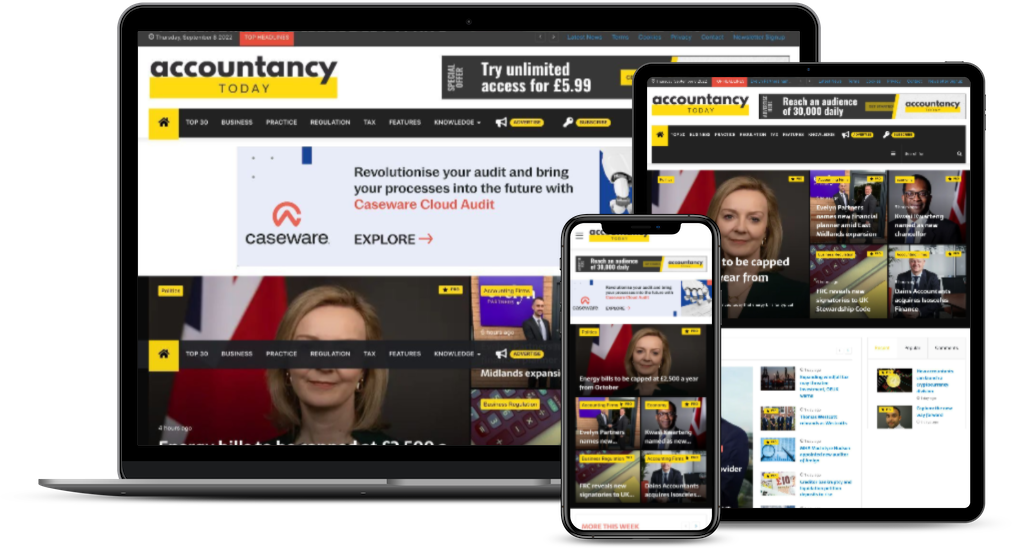
The introductory article on the Favourability Journey was published several weeks ago. This outlined a toolkit to move clients from a position where they are unfamiliar with your firm’s brand, to a point where they are ready to contribute to your profits. This toolkit has four stages, each are strategies which may be required by your BD, comms and marketing staff (should you have them): Recognition, Reputation, Relationships and Revenue. In this article, we will explore the second stage of the journey – Reputation.
As a reminder of the Reputation stage, imagine the following scenario: You are abroad for business in an unfamiliar country in the hotel bar for a drink. There are 10 bottles to choose from, from a region you have heard of. With no bartender in sight, you pluck up courage to wander behind the bar and take a closer look at the familiar ten. Without any data on the quality of these, how do you make your choice? On the label of some you notice an award logo, this gives you comfort that five of the bottles are good quality. You are now at the second step of the Favourability Journey: Reputation. But five is still too many to choose from.
This second step of the journey – building reputation i.e. demonstrating quality, is likely familiar for both personal and professional buying decisions. It hopefully resonates as part of a journey that clients go on with professional service firms. So how to implement the Favourability Journey? Understanding your current reputation in the market is critical.
The question to ask is ‘what does our target market think of us’? Similar tools to the recognition audit detailed in part two of this article can be used, such as client/brand surveys, ideally on an unpromoted basis. It is often helpful to supplement this data with third-party sources e.g. directory rankings or award results. It may also be possible to conduct a media sentiment analysis, whether using technology or a communications adviser. Such data is often criticised as incomplete but is undoubtedly valid as an input to a reputation audit.
With insight now available on your reputation in your chosen markets (ideally from both current clients and potential targets), the aim is to consolidate this onto a map. I seek to plot clients, on the Favourability Journey, to identify where they are currently in their association with the firm, to identify marketing objectives which will later inform the planning of tactics. The success of this approach relies on the definition of your market and the availability of data.
For those clients, or more likely targets, at the reputation stage of the journey, what are the tactics that can be employed to grow favourability and move them to the third stage – relationships? A good starting point is to consider how buyers see evidence of quality. In professional services, reputations are often developed through both client service and marketing efforts e.g. thought leadership/insights. To plan marketing for the latter, consideration should be given to which channels buyers consume such as: (1) professional publications, (2) industry conferences and (3) digital channels e.g. social media and websites. Below I will briefly outline marketing tactics for each:
Professional publications
Most established professions are served by a myriad of titles. These include those produced by trade bodies, academics and also commercial for-profit magazines ranging from sophisticated media operations to one-person blogs. Today most titles operate web-led models, with any print publication featuring only a selection of content published online.
Securing coverage in such channels, whether ideally earning access through public relations (PR) or if necessary, publishing thought leadership through purchased ‘advertorial’, is often an effective way of burnishing one’s reputation amongst those with an interest in your profession. Care should be taken when evaluating any opportunity to understand the circulation of titles, and when looking at paid opportunities, to seek demographic data to evidence relevance. It may be helpful in both selecting titles and creating content to consult specialists, whether in-house communications staff or external PR firms, to ensure both efficiency and effectiveness of your time and money.
Industry conferences
Most publishers of the magazine types mentioned above offer a variety of conferences which advisers can speak at to enhance their reputation. Here there are opportunities to earn ‘free’ speaking slots, or more commonly, pay to sponsor in order to appear on stage. Additionally, firms individually, or together with intermediaries, often run such events, whether in person or increasingly online. With each of these options, the key is to consider the audience of target and current clients – identifying the issues they are interested to hear about and that you are credible to speak on. The next challenge is finding ways to reach the audience to attract them to events. When working with professionally organised conferences, this is the responsibility of the organiser. When running such events yourself, the challenge falls to your team and will require the availability of GDPR compliant contact lists for marketing of the event. External advisers such as EI Advisory can provide useful intelligence on the best options for your situation.
Digital channels
The ever-expanding digital marketing space is far too vast to summarise in one paragraph. However social media channels such as LinkedIn and firm’s own websites are a good starting point for seeking to enhance your reputation. Channels such as LinkedIn allow firms to provide both heavyweight analysis through articles, or simple commentary on market developments in ‘posts’. Both allow firms to enhance their reputation as thought leaders, reach a wide audience and provide for rapid analysis of engagement, in terms of those reading or sharing content – all at little if any cash cost.
Publishing such content on your own website is also critical to building your reputation, both amongst those who intentionally visit your site seeking to reference your credentials, but also for those searching the web who may be driven to your site to read content they find online. Having some form of measurement in place for digital marketing efforts is simple to achieve, with off the shelf tools such as Google Analytics available without cost. Measurement is critical to ensuring the success of your digital reputation building efforts.
A huge range of options exists for building your reputation with clients and helping them along the journey of favourability towards your brand. The key here is to understand the target audience and select tactics that align with your objectives. Where you have BD/marketing staff, they can both help create content on the issues that clients care about and identify the channels where clients consume insights. Some of this work can be undertaken in-house at little cost, some may require expert help and advice in order to ensure ‘bang for buck’. As we all know, however, simply having a strong reputation in the market does not mean revenue will flow. In the next article in this series, we will look at the third stage of the journey – relationships.
Leor Franks is CMO (Chief Marketing Officer) of Augusta









